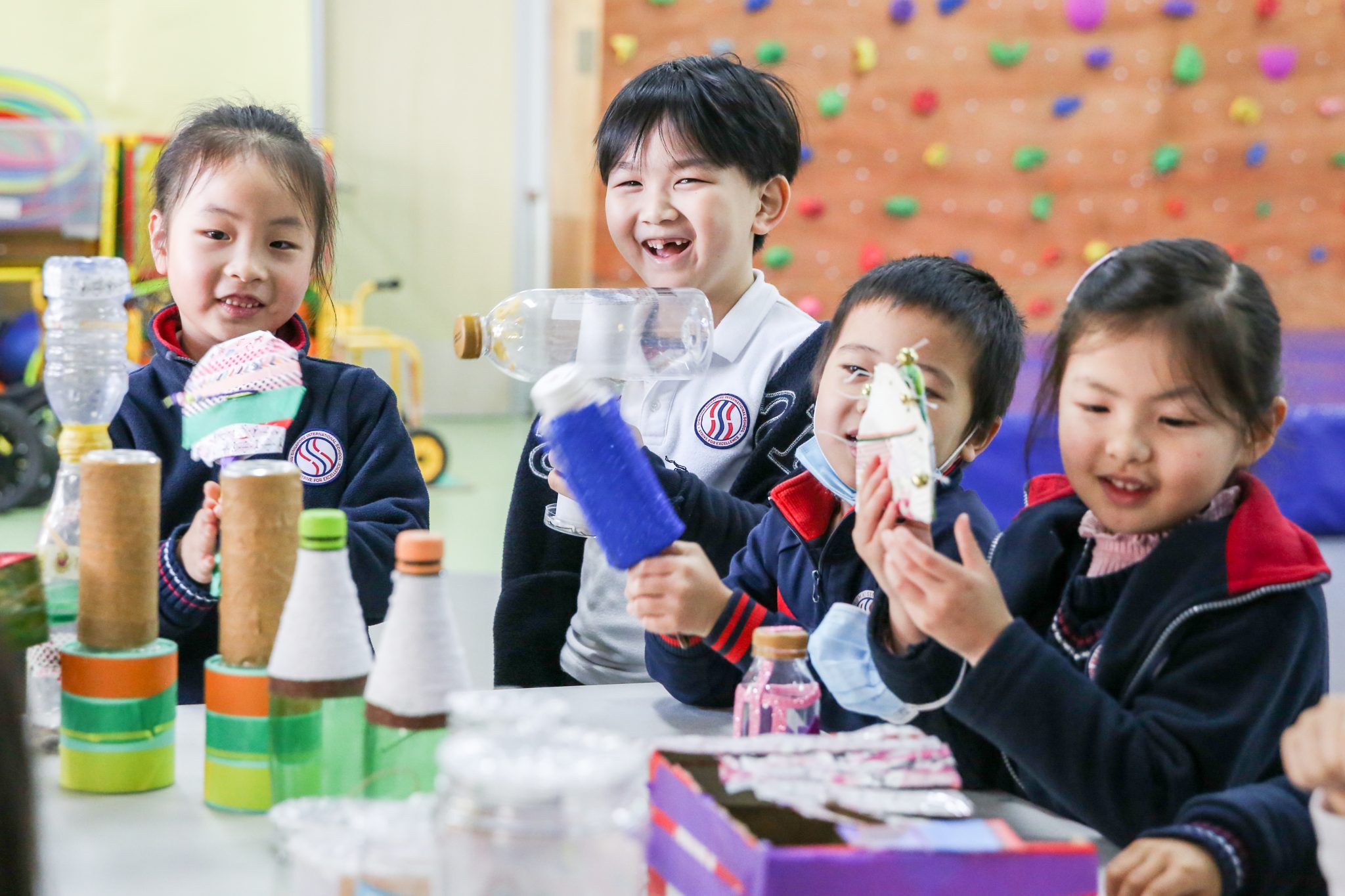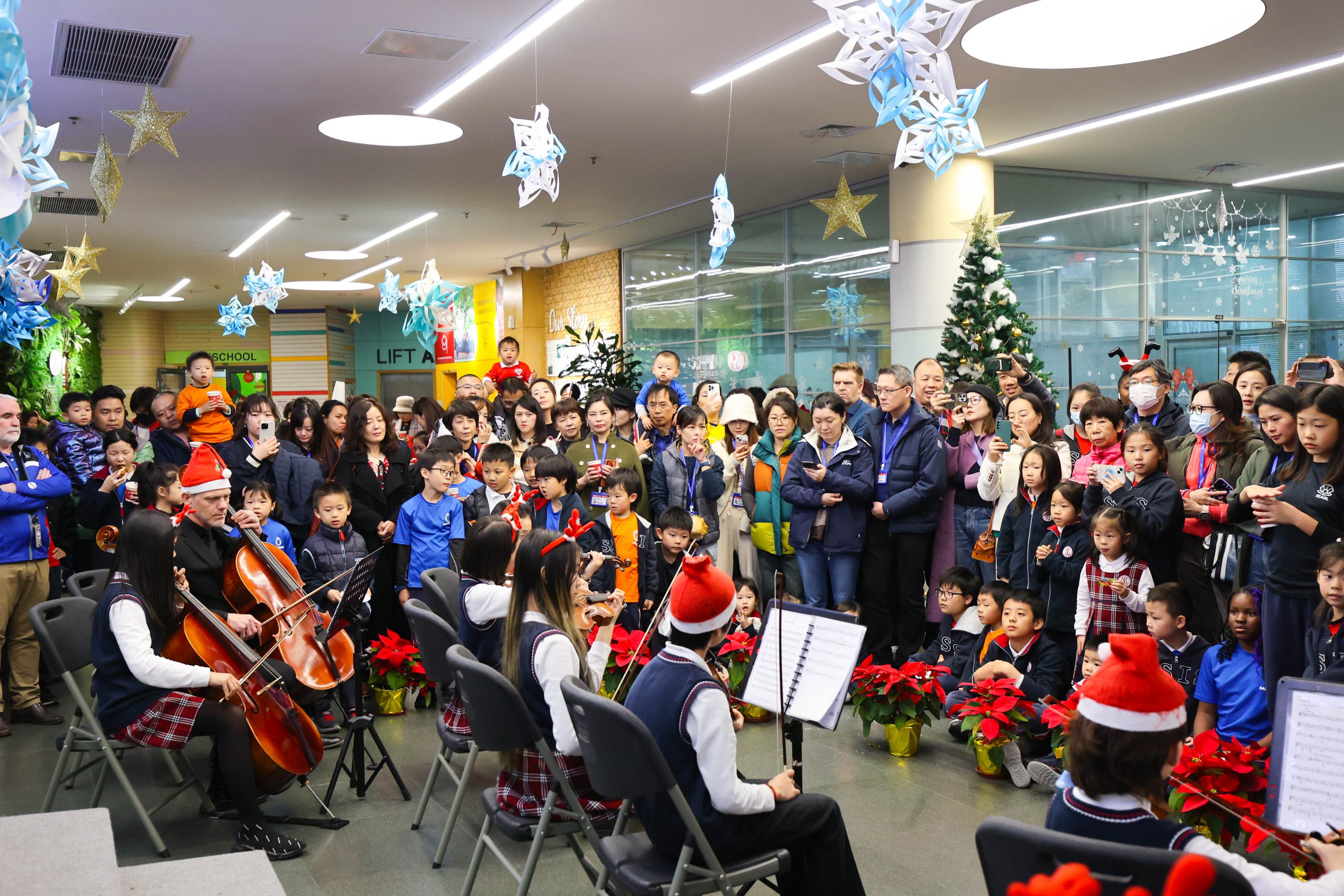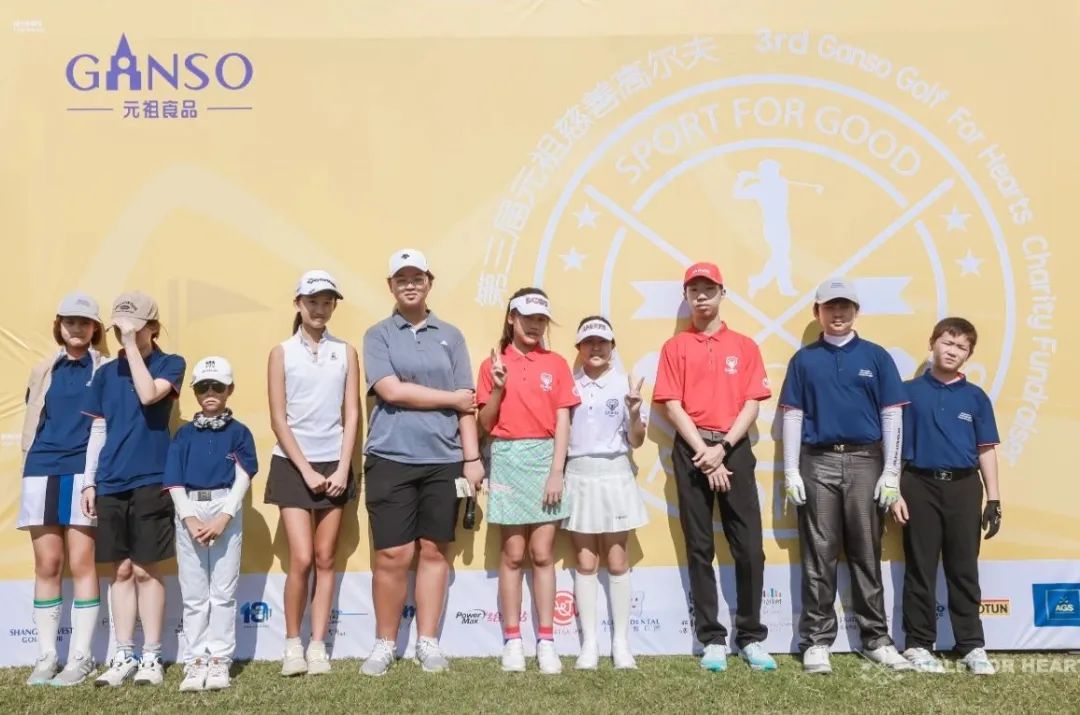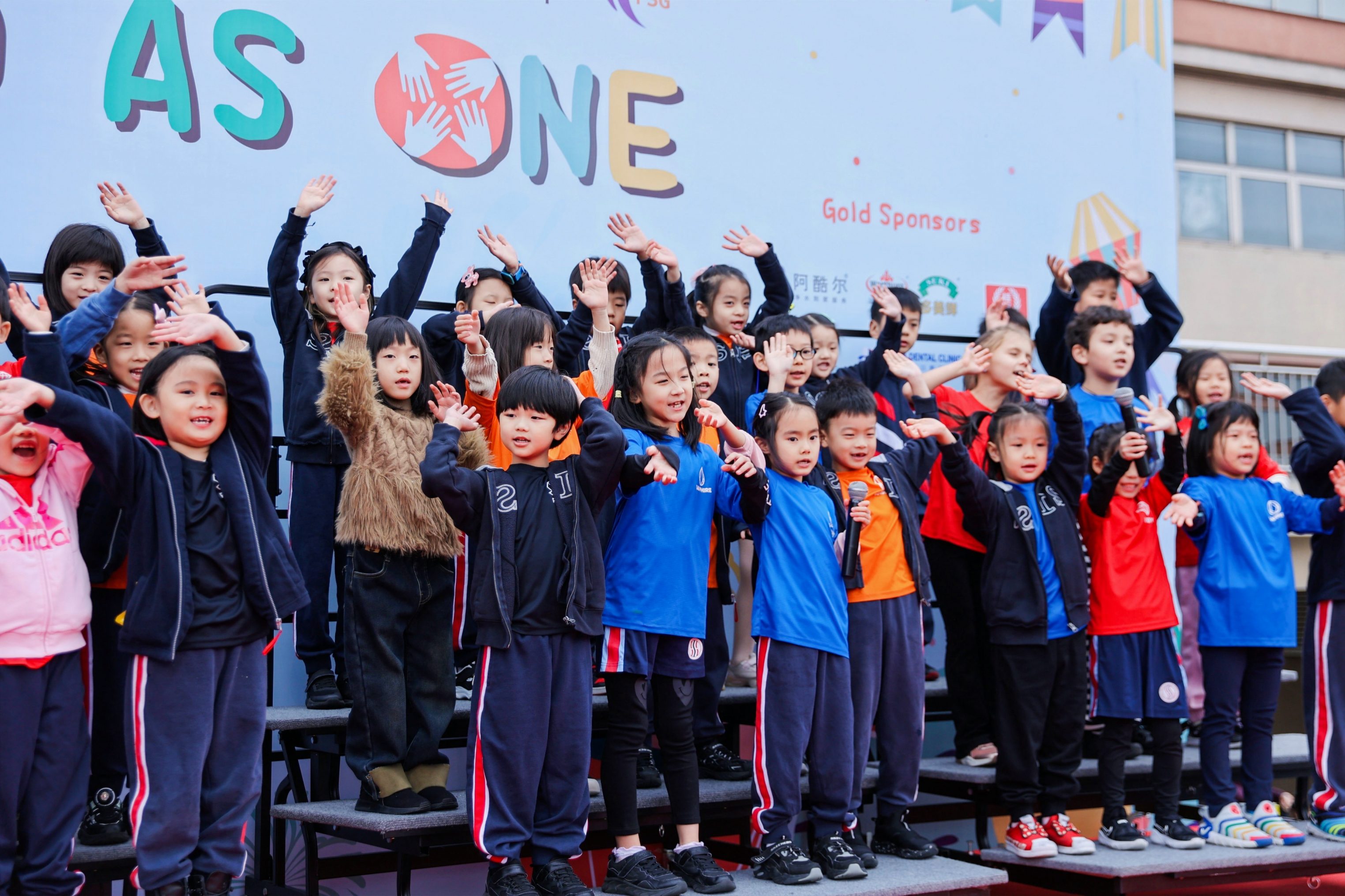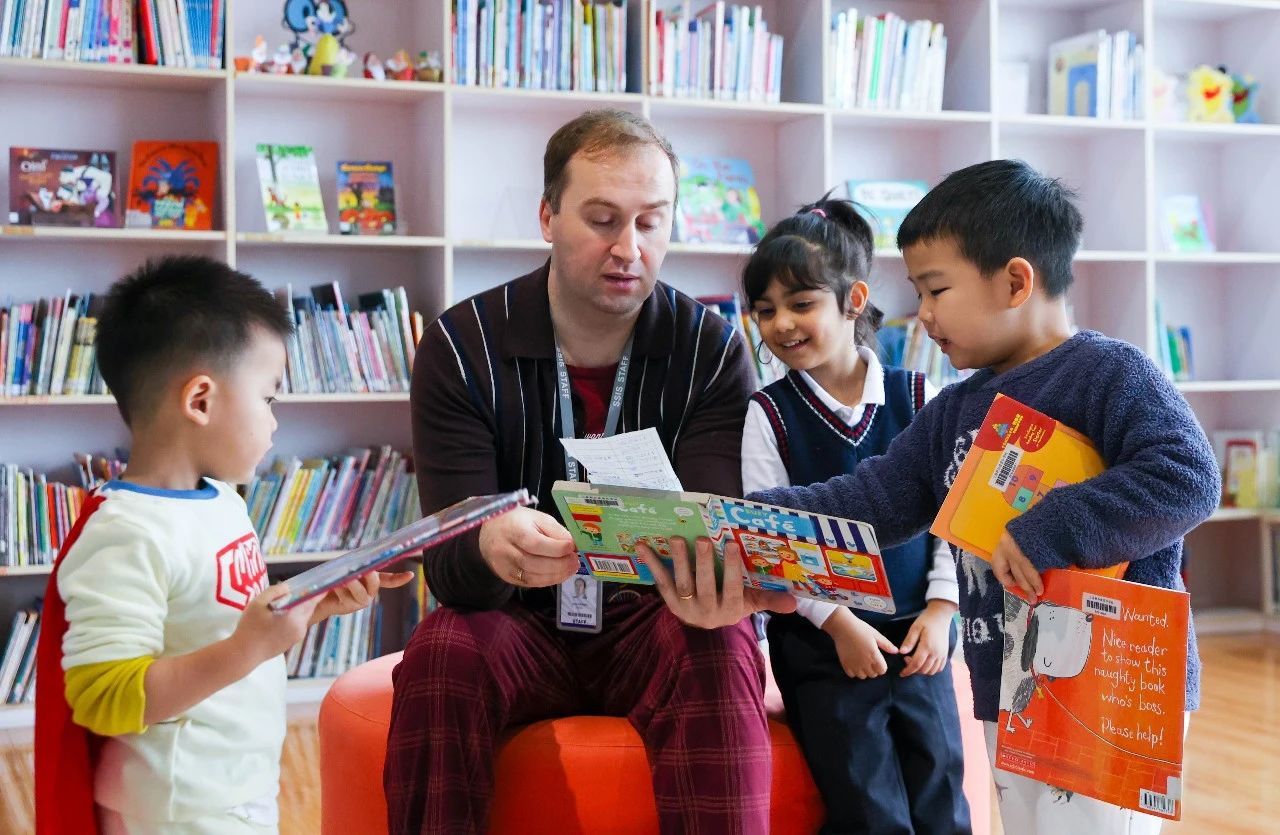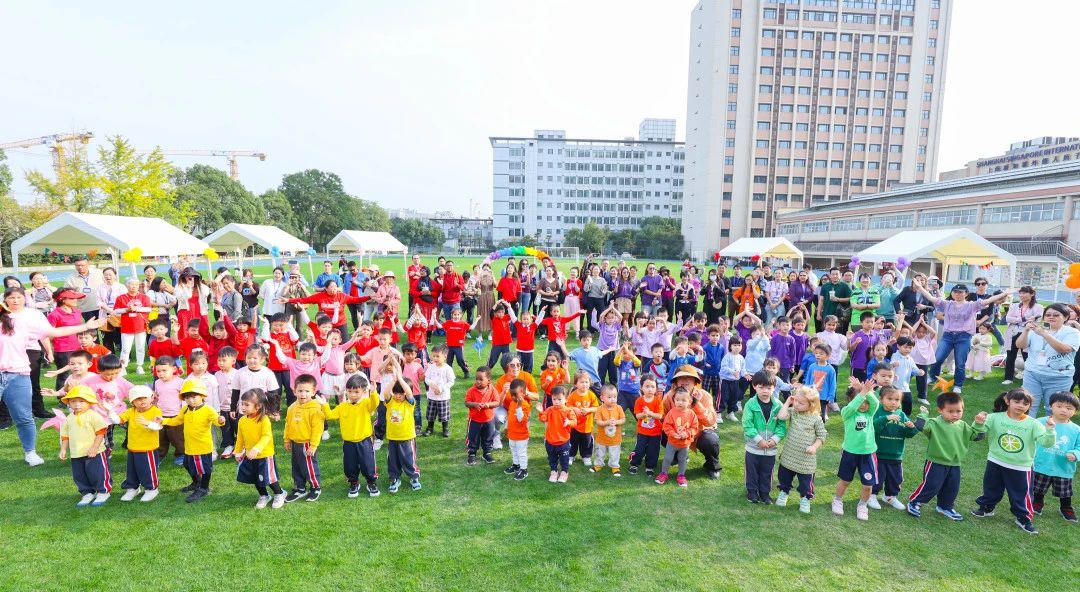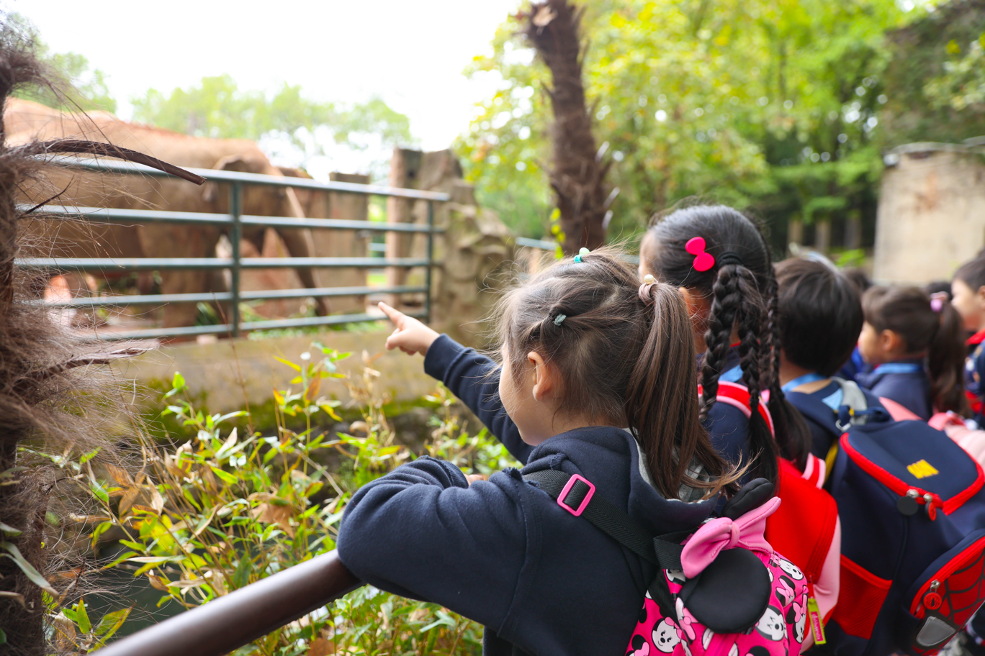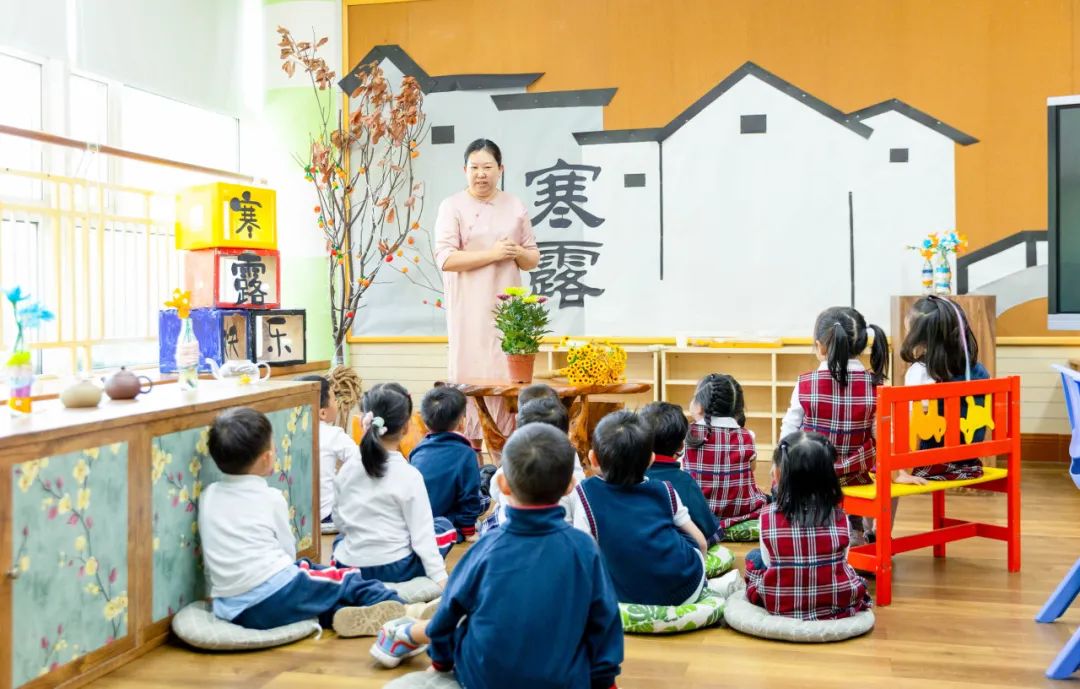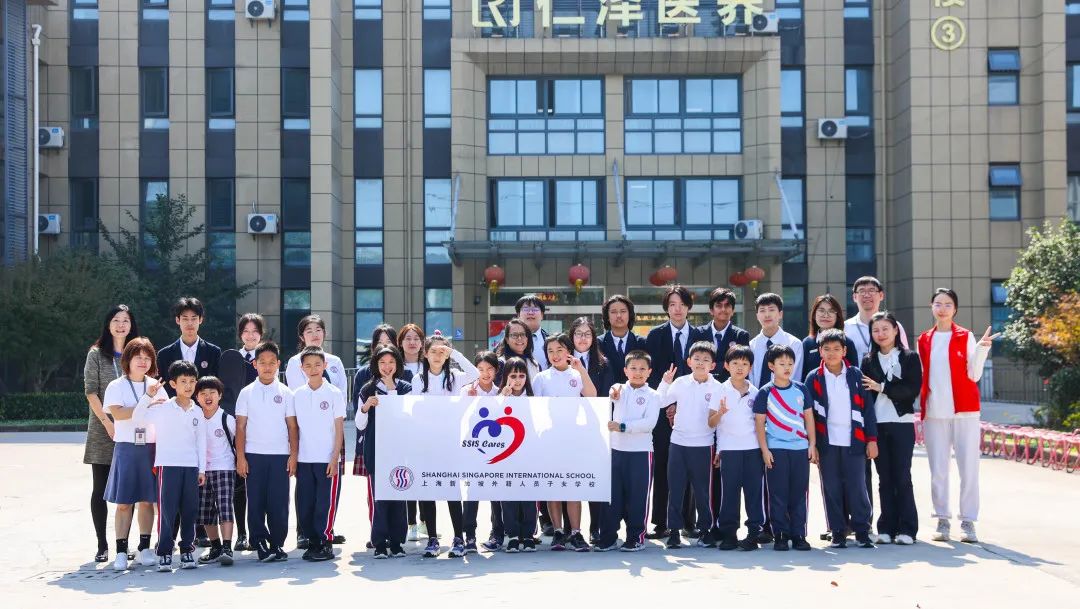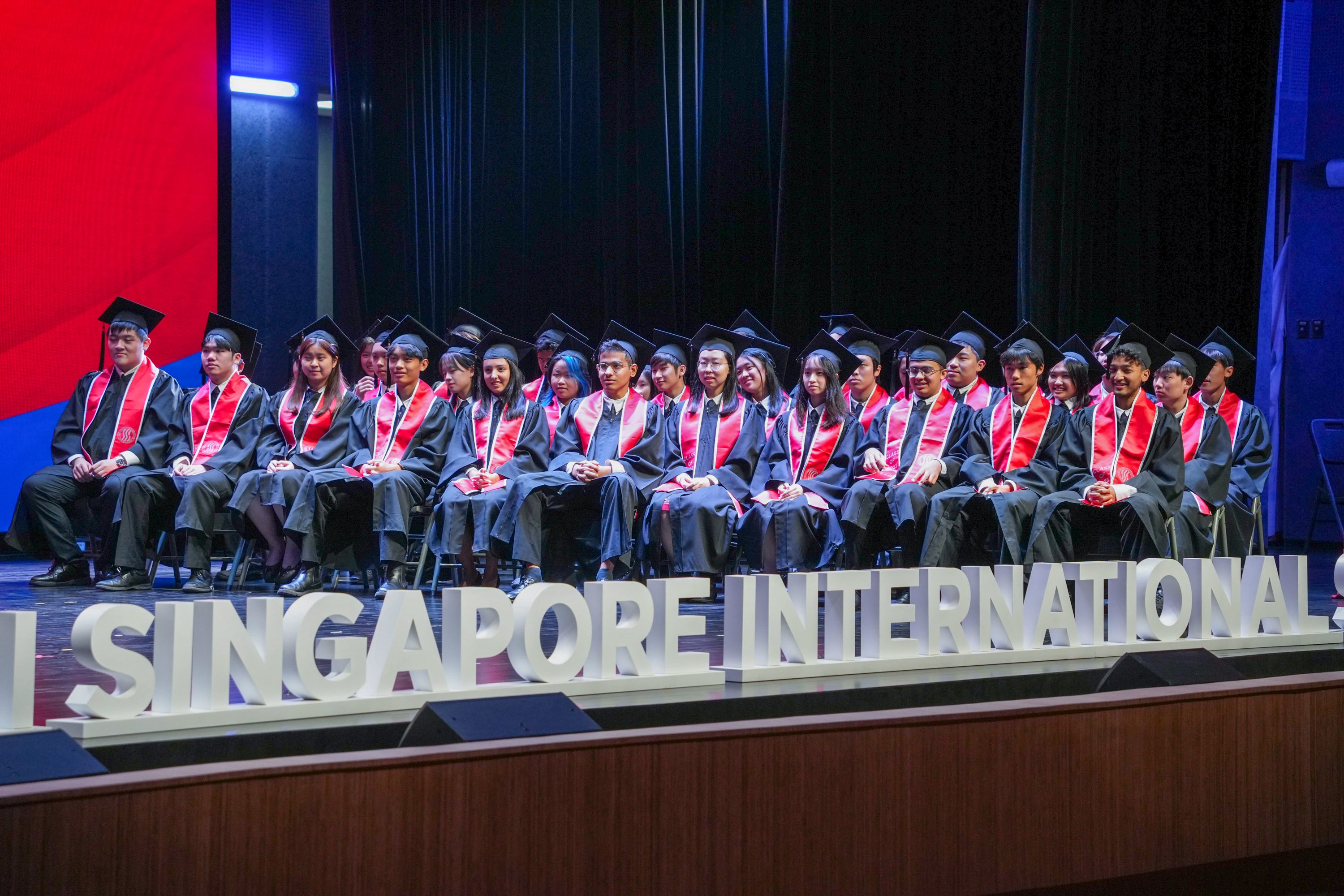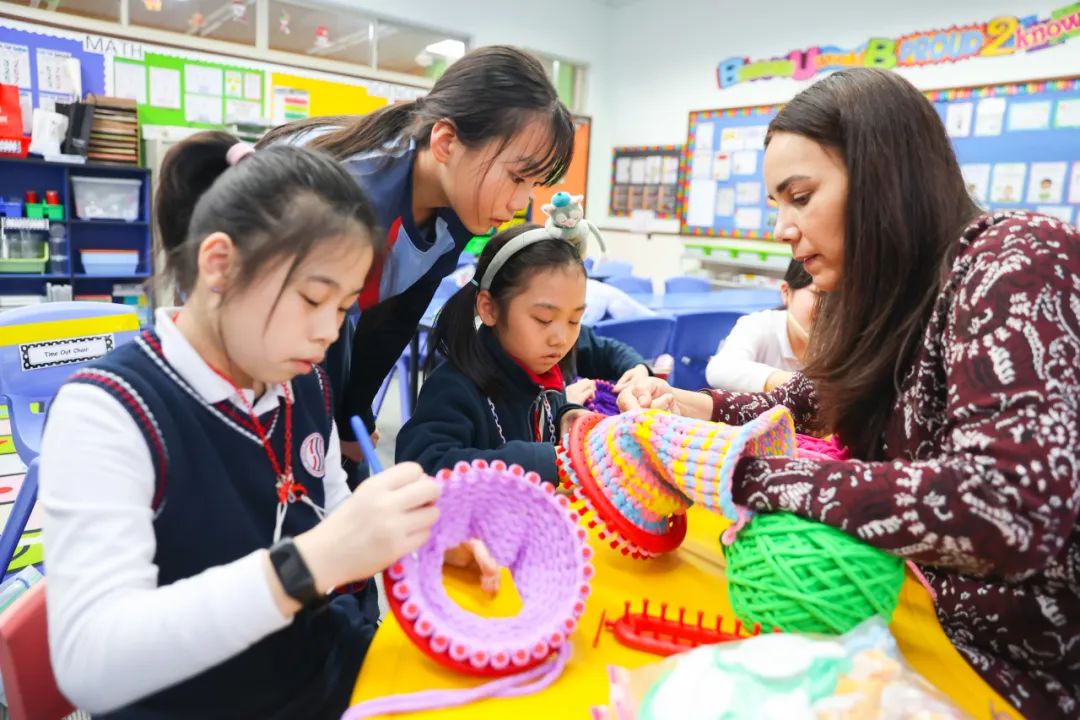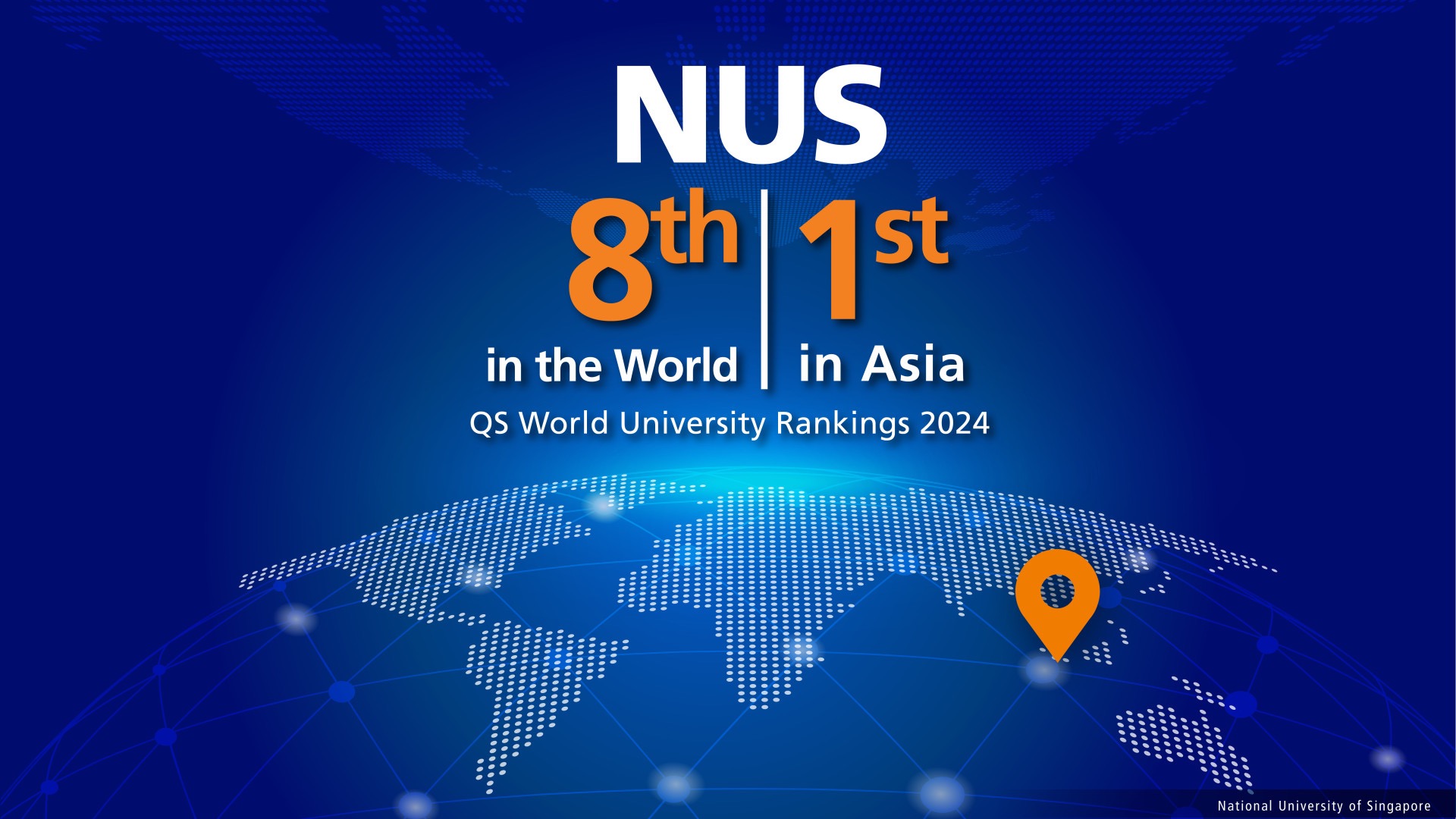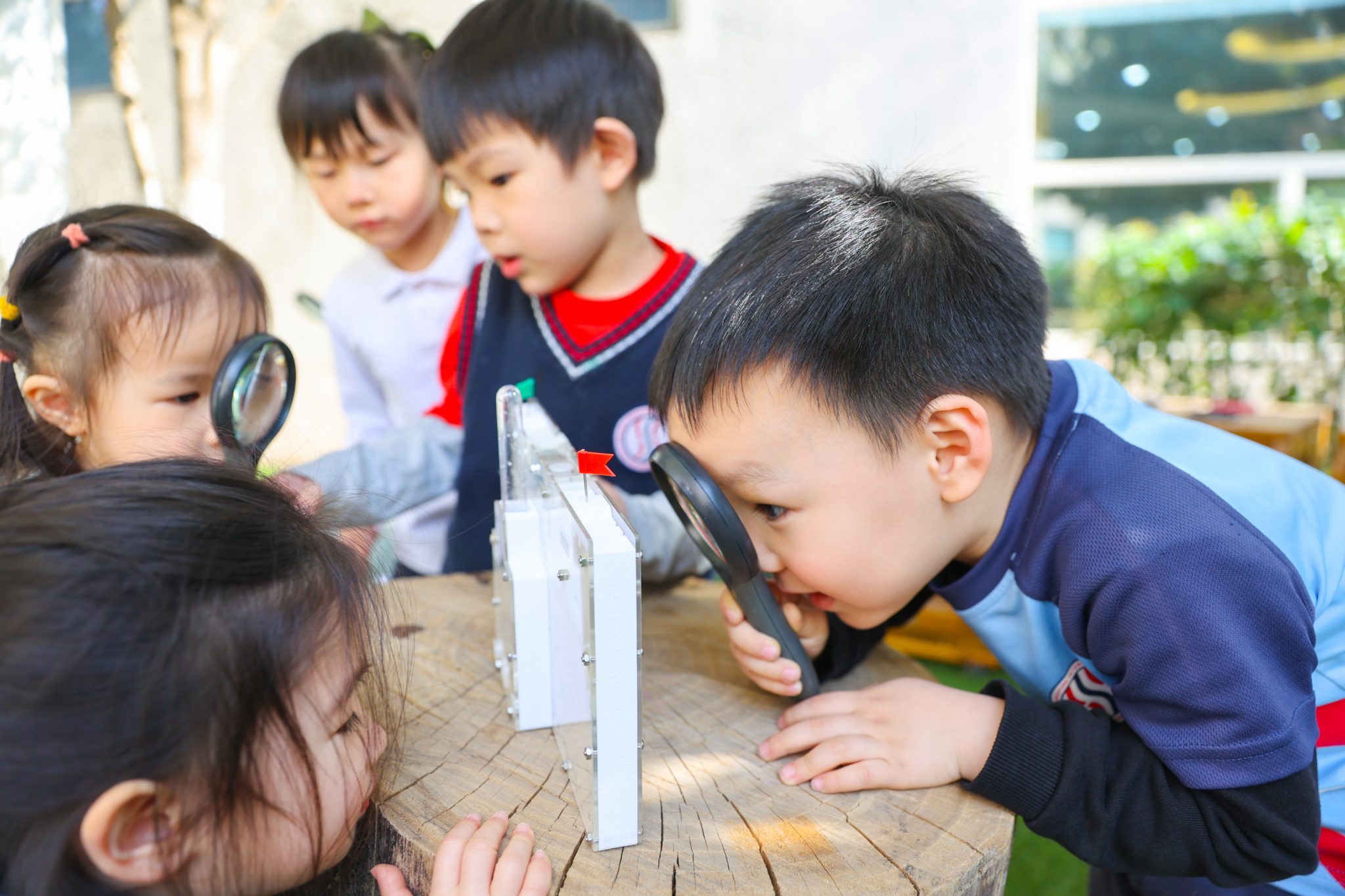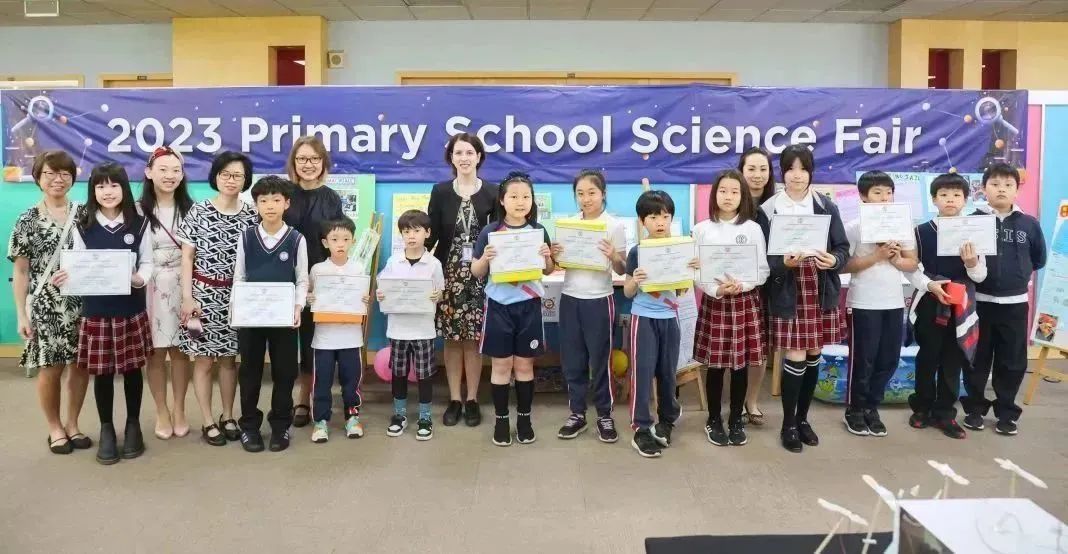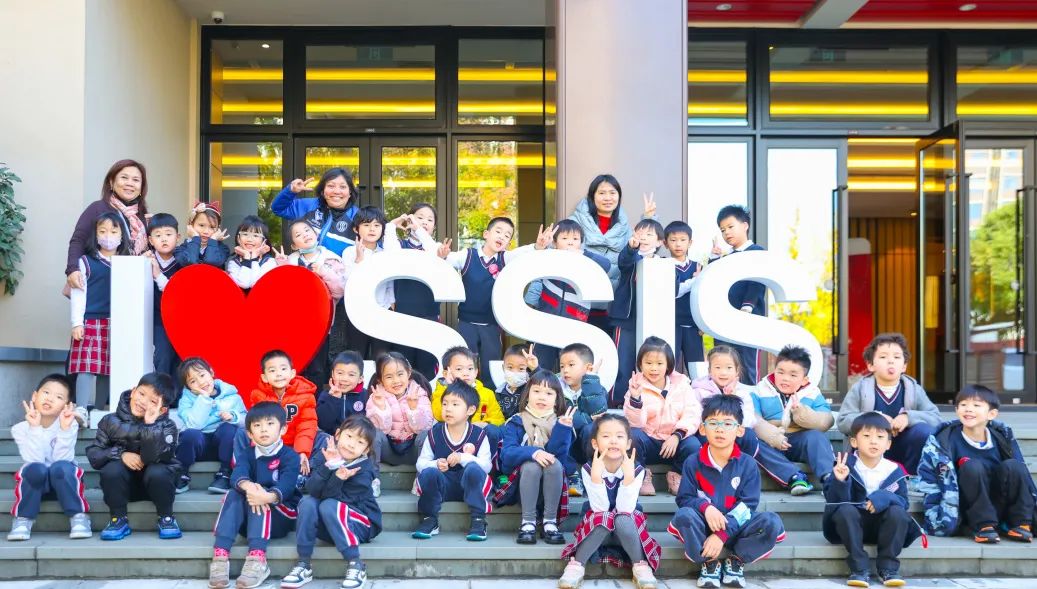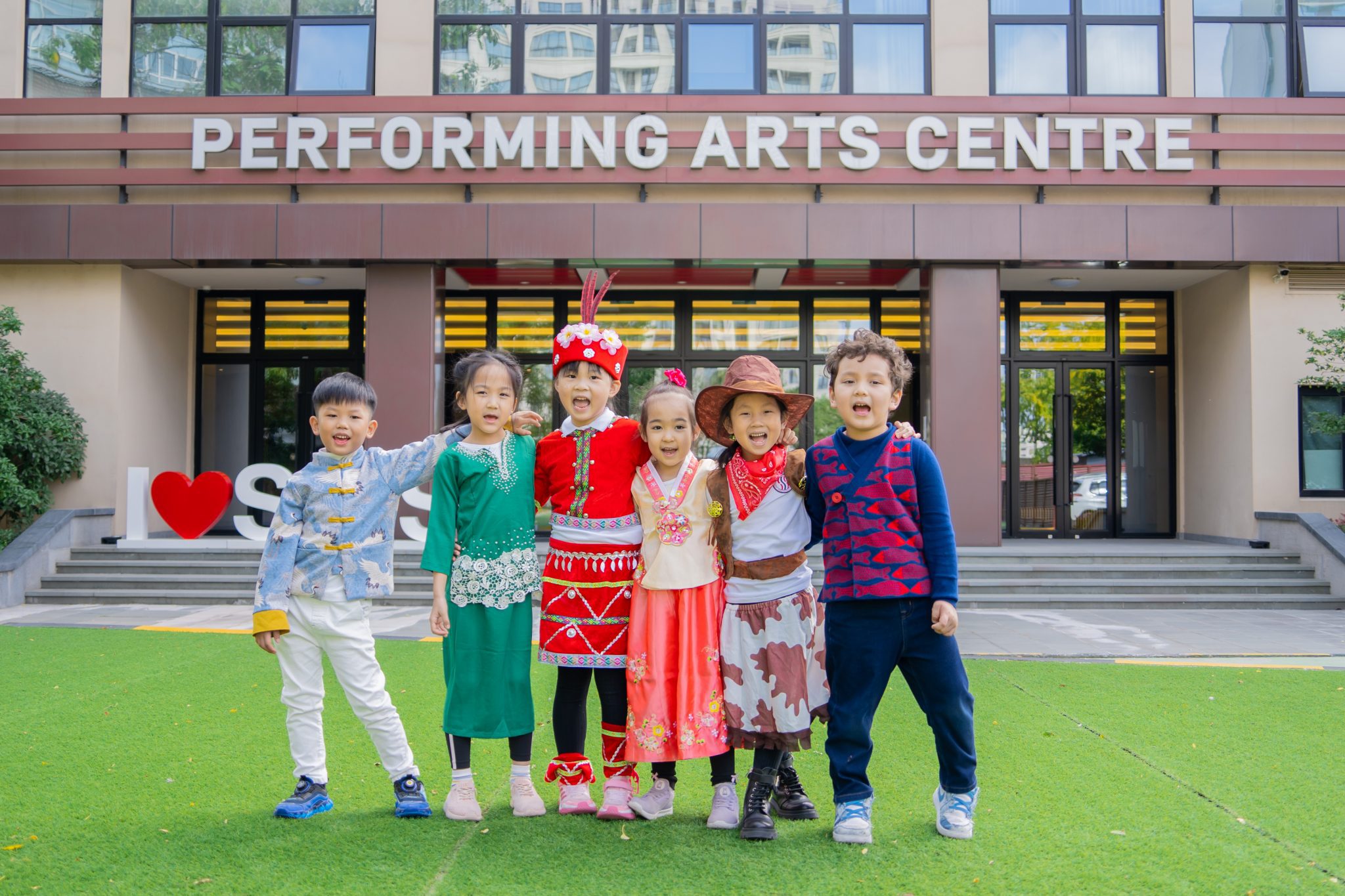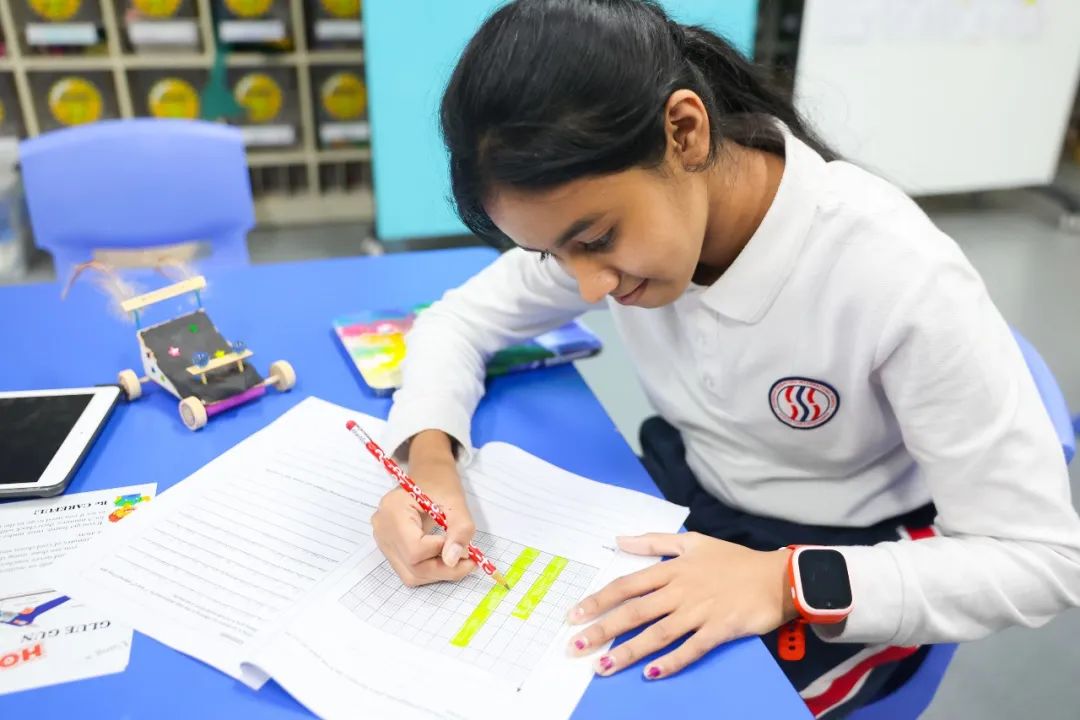At SSIS, our dedicated and passionate educators are always striving to adapt and implement strategies that ensure students are learning optimally. One of the ways they do this is through differentiated instruction and assessment.
What is Differentiation?
“Differentiated instruction is a teaching philosophy based on the premise that teachers should adapt instruction to student differences…..to meet students’ varying readiness levels, learning preferences, and interests.”
– Carol Ann Tomlinson
Every child is unique and every child’s learning needs are unique. Differentiated instruction is a strategy that SSIS teachers use in the classroom to cater to the different learning needs of students. Teachers identify the learning needs of all students to see how they can learn more effectively and efficiently.
There’s no textbook one-size-fits-all strategy on how to conduct differentiated instruction and assessments. Differentiated instruction offers different approaches to the content (what students learn), process (how they learn it) and product (how students demonstrate what they have learnt).
Understanding the following characteristics of our students will help teachers plan respectful differentiated learning experiences:
- Interest: Interest is about the intrinsic motivation of learners. Motivation drives academic success.
- Learning Profile: When the child’s learning profile is catered to, they learn faster and better. That is, learning efficiency is improved.
- Readiness: Readiness looks at where students start and what learning outcomes they need to achieve at the end of a particular learning period.
Learning Profile
Two theories were introduced which teachers often use to evaluate students’ learning profile.
Developmental psychologist, Howard Gardner, suggests that every person has multiple intelligences. We have these eight intelligences, and are often stronger in one or more than one of them: verbal linguistic, musical, interpersonal, intrapersonal, visual spatial, naturalist, logical/mathematical, kinesthetic. This informs us of the different strengths and learning preferences students have.
Psychometrician Robert Sternberg’s Triarchic Theory of Intelligance believes that everyone has all of these intelligences: analytical, creative and practical. Again, we have a tendency to be stronger in one over the others. This encourages teachers to use different questioning techniques to cater to the linear thinkers, the contextual thinkers, and the innovators.
With the understanding of the different learner profiles, our teachers plan and assess with differentiated instructions in mind, so as to increase students’ learning motivation and learning efficiency, while catering to the different readiness levels.
The motto of SISS is “nurturing 21st century learners”. With differentiated instructions, we are able to promote 21st century learning by engaging students in respectful tasks that engage and challenge them.
